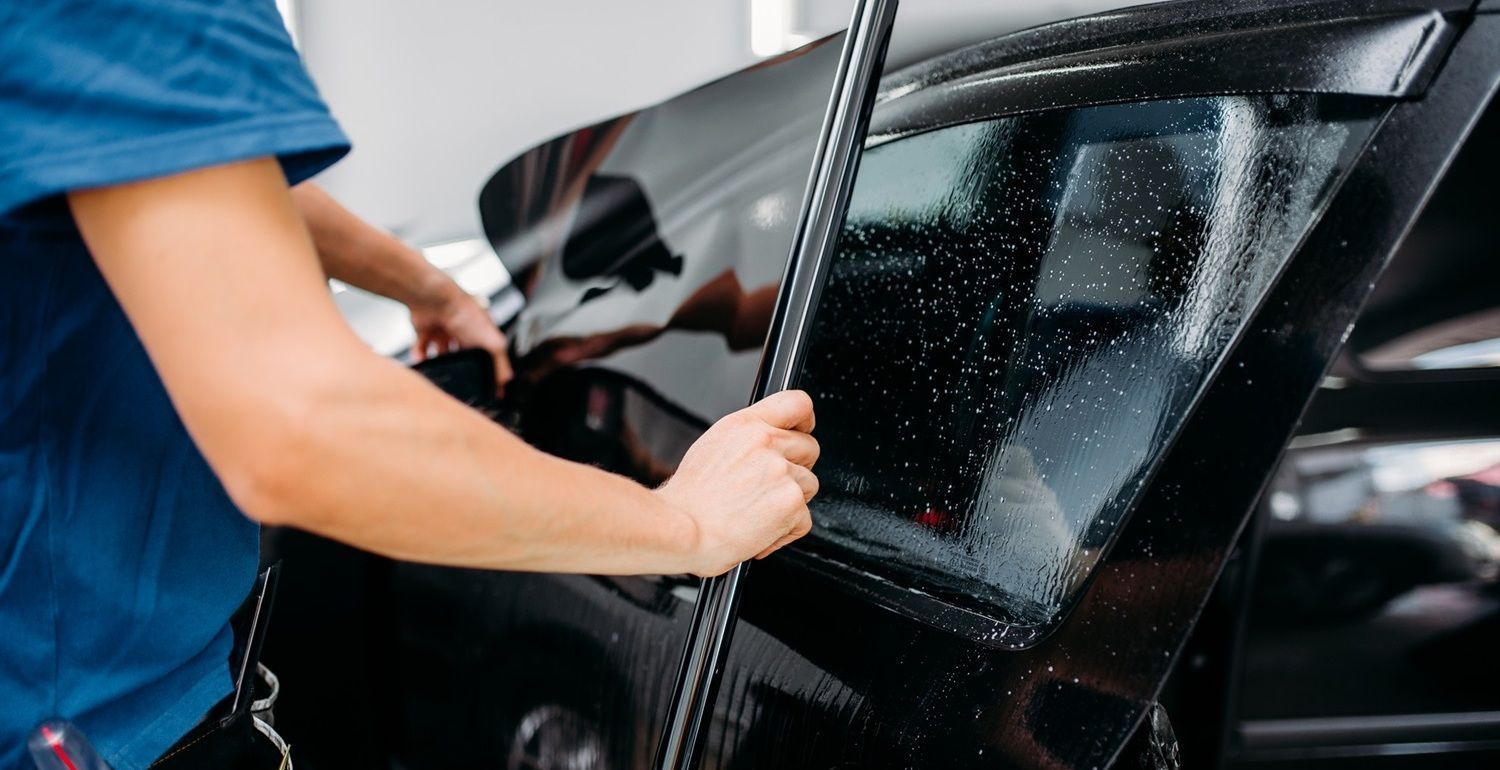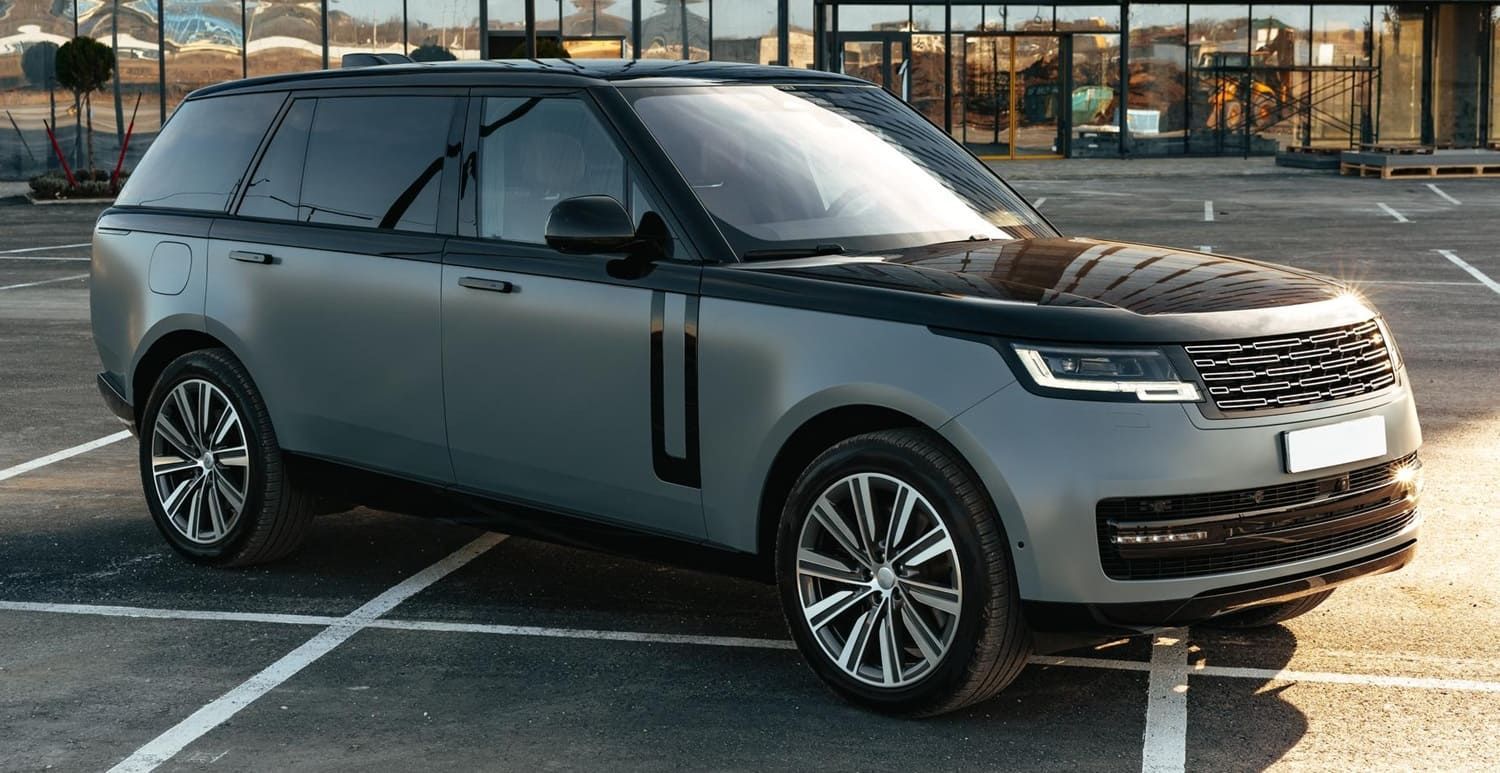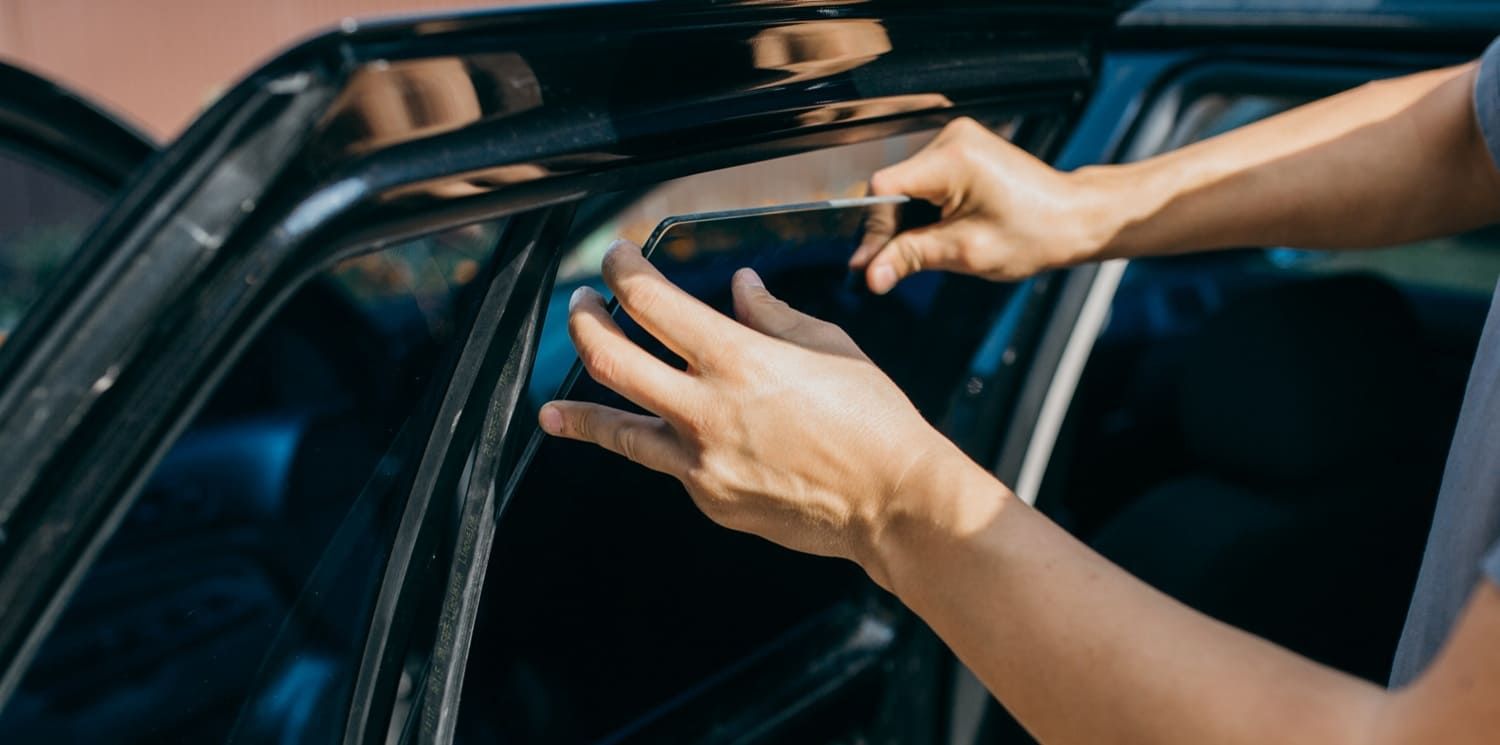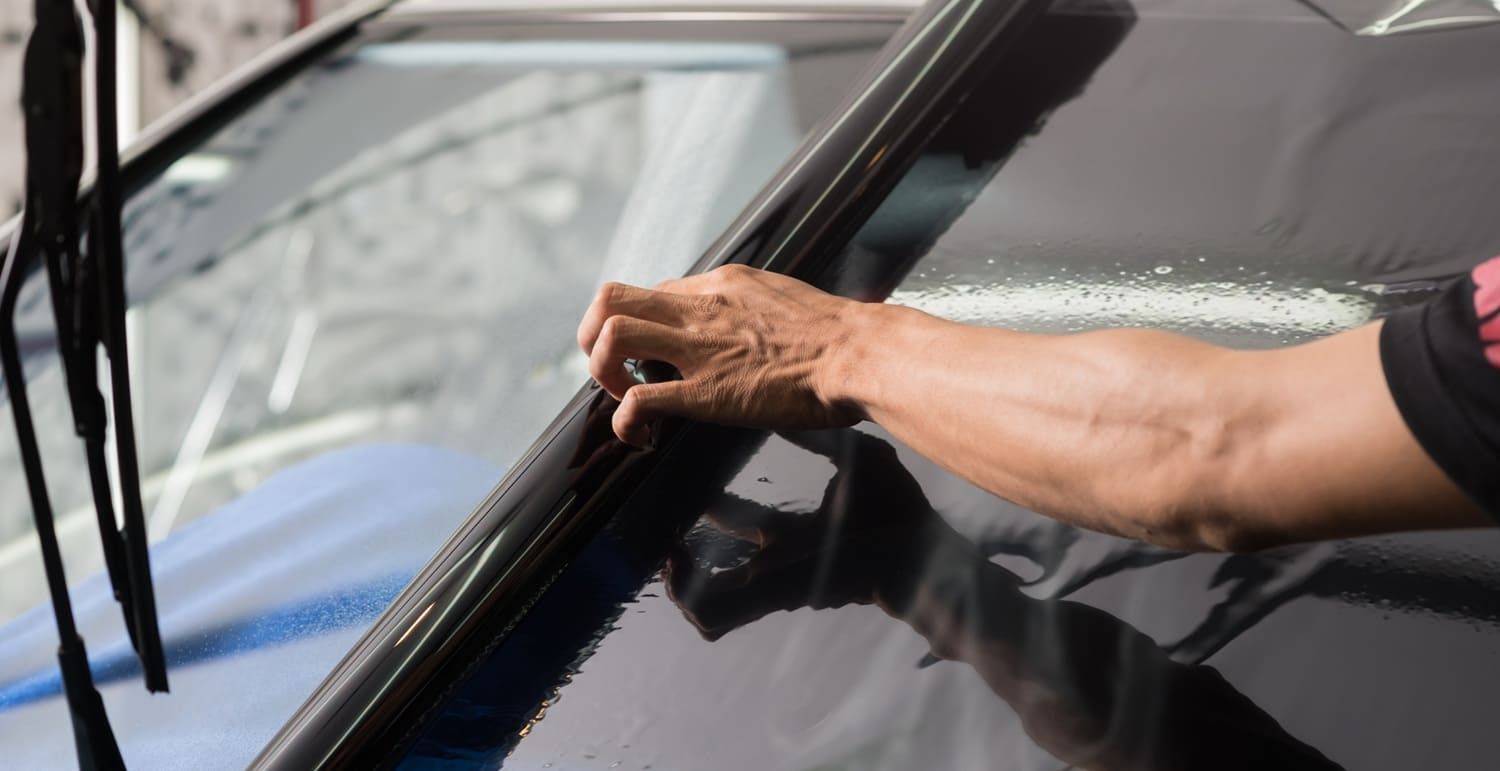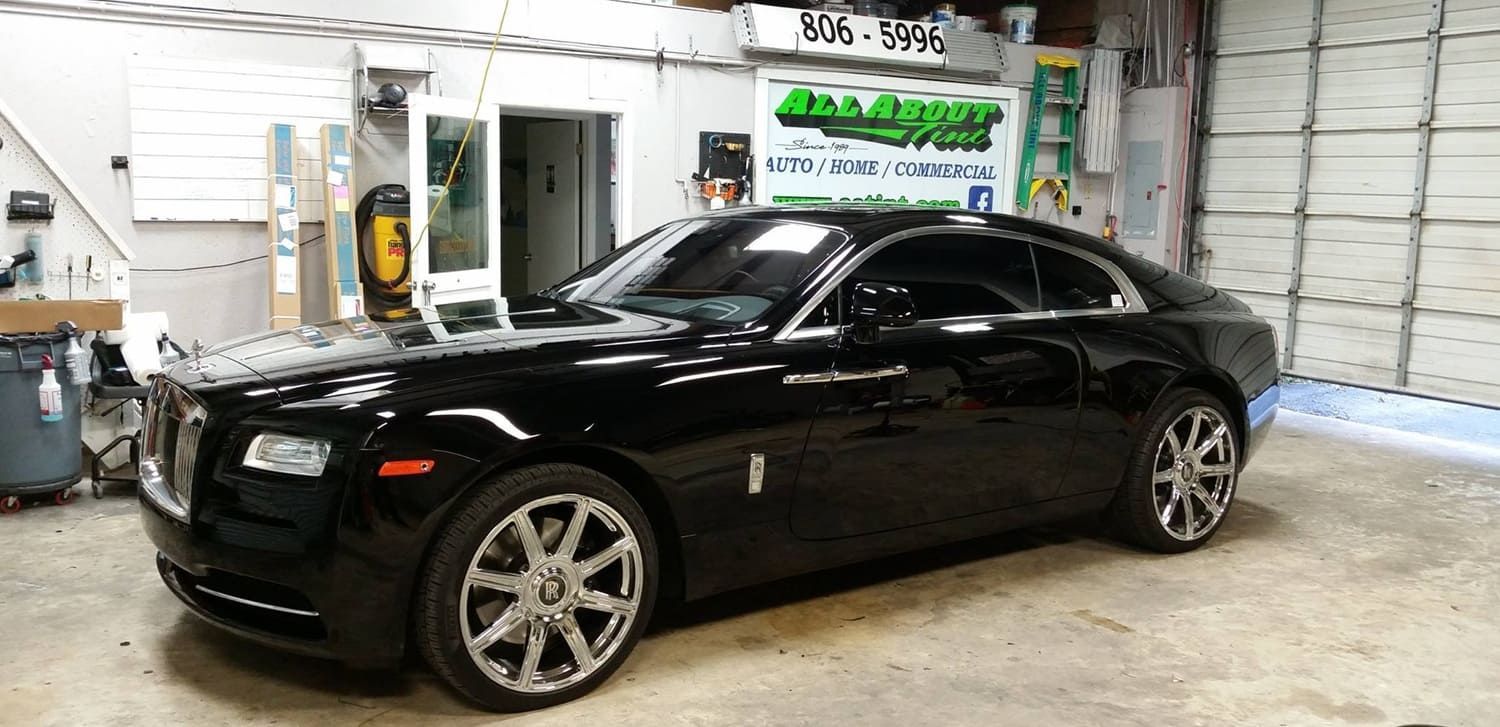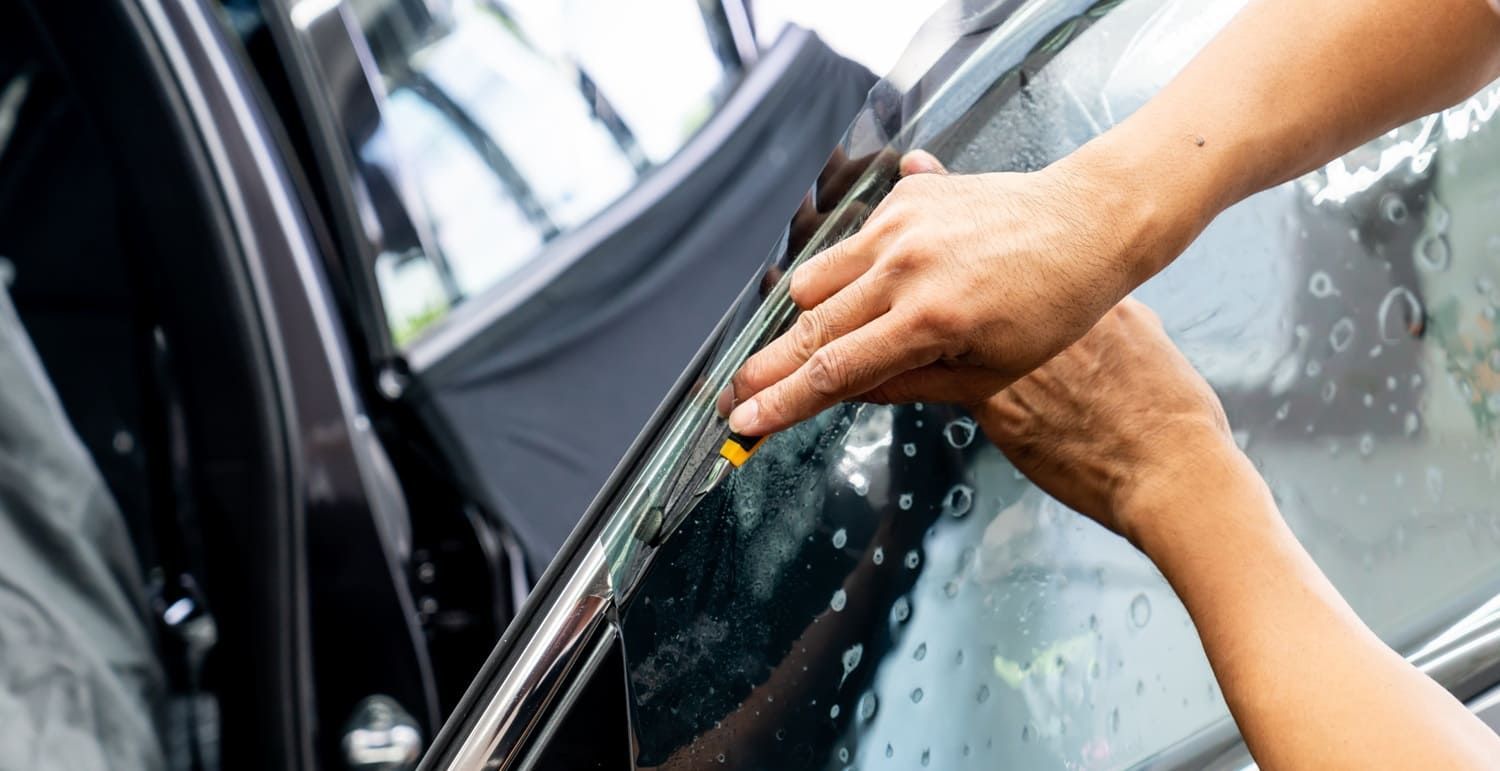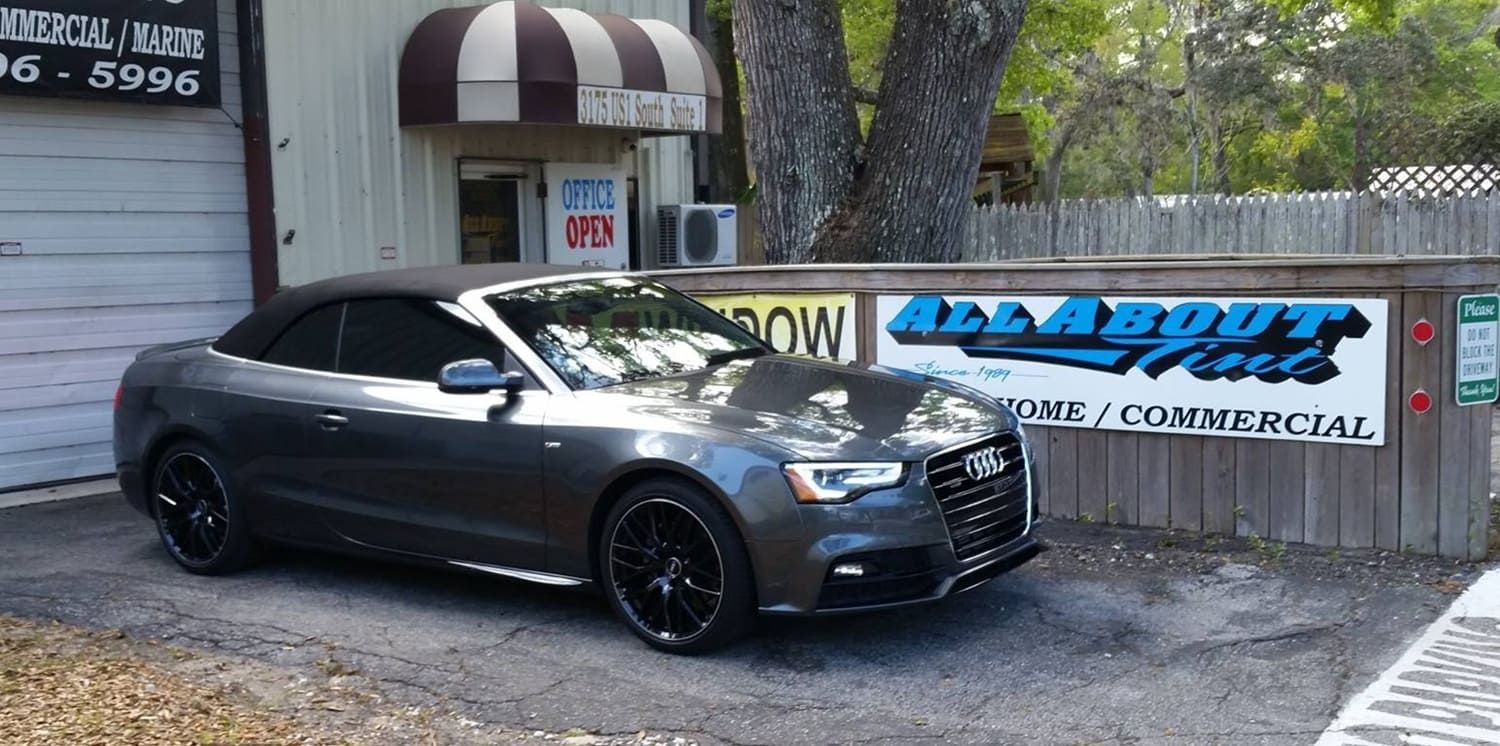The Difference between Marine and Auto Tinting
There are differences between marine tinting and auto tinting. Learn all about the differences with this guide which explains both in detail.
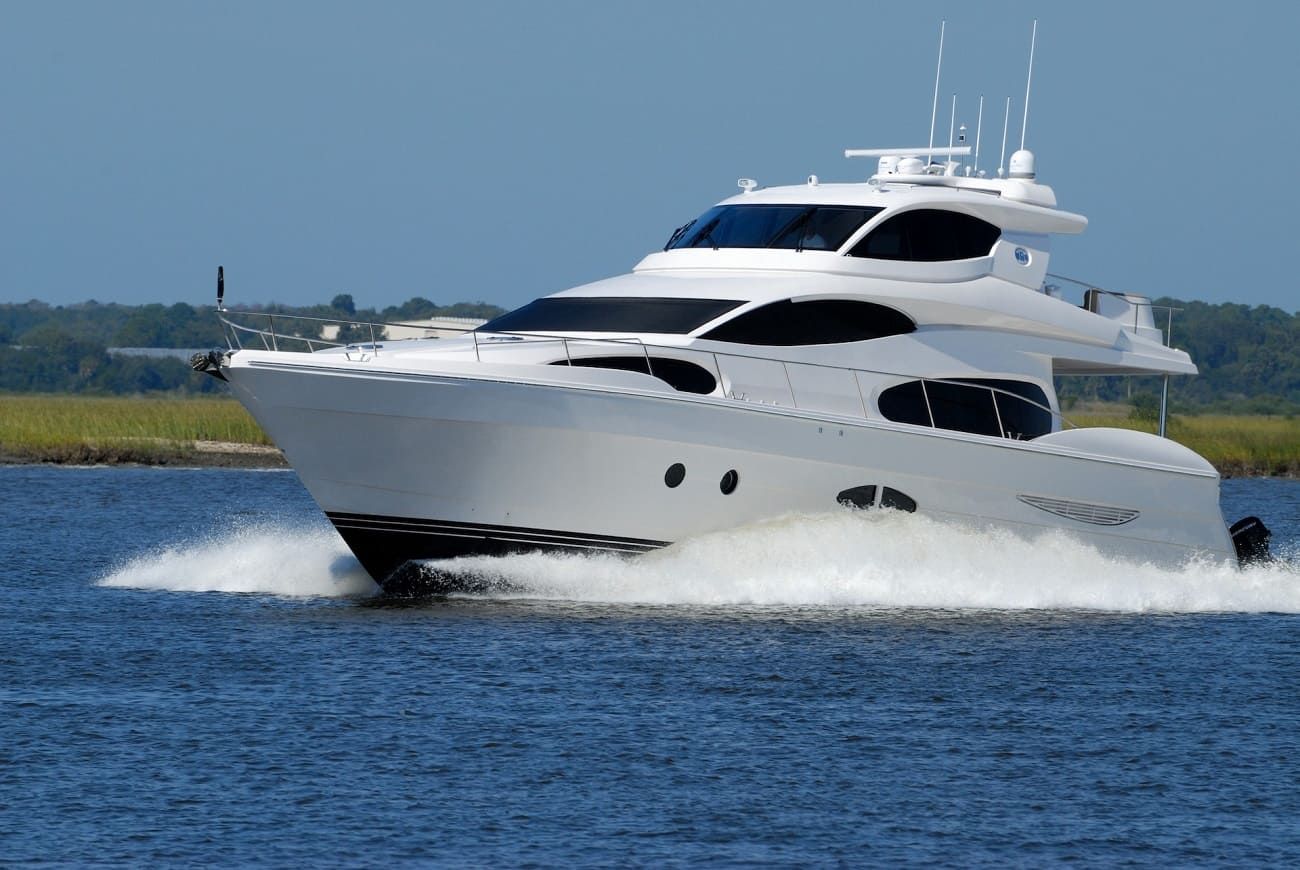
It may surprise you to learn that UV rays can still be harmful after they pass through glass. Protection against these is one of the many benefits of window tinting, especially when it comes to marine tinting and auto tinting. However, not everybody understands what they need to know about these processes.
We've put together a brief guide that has key information you should keep in mind. Let's get started.
Marine Tinting
This process involves placing a sheet of film on the glass of your boat to reduce the amount of sunlight that reaches inside. It's important to note that different types of tints offer varying levels of protection, so be sure to ask which type would best suit your needs.
You should also be aware that some tints will block more heat than others, which can be beneficial if you plan to spend extended periods of time on the water. It will also help your cabin windows protect against heat, making the interior of the cabin much more comfortable.
Benefits
The primary benefit of window tinting is the protection it provides from UV rays. This can help to keep those inside the boat safe, as well as reduce glare and minimize the risk of sun damage to any materials or fabrics on board. It can also reduce heat retention in the cabin, helping to keep temperatures more comfortable while out at sea.
Complications
Since marine vessels are often subject to regulations, it is important to be aware of any local laws and restrictions that may affect the use of window tinting. Window tints can reduce visibility in low light conditions, which could be a safety hazard while navigating at night. Other complications include the fact that tints may fade or distort over time.
Auto Tinting
This process is very similar to marine tinting but involves applying a sheet of film onto your car's windows. Again, it is important to note that different types of tints offer varying levels of protection, so be sure to ask which type of car tint would best suit your needs.
Auto tinting is much more commonplace than marine tinting due to the fact that vehicles spend a significant amount of time exposed to direct sunlight.
Benefits
Much like marine tinting, the primary benefit of auto window tinting is the UV ray protection it provides. This can help to keep those inside the vehicle safe, as well as reduce glare and minimize the risk of sun damage to any materials or fabrics.
It can also reduce heat retention in the car, helping to keep temperatures more comfortable while driving.
Complications
As with marine tinting, auto window tints may be subject to regulations. Stay aware of local laws and restrictions that may affect the use of window tinting.
Tinting that is too dark could result in a fine. You might also have trouble driving at night. In general, though, there are many more benefits than drawbacks.
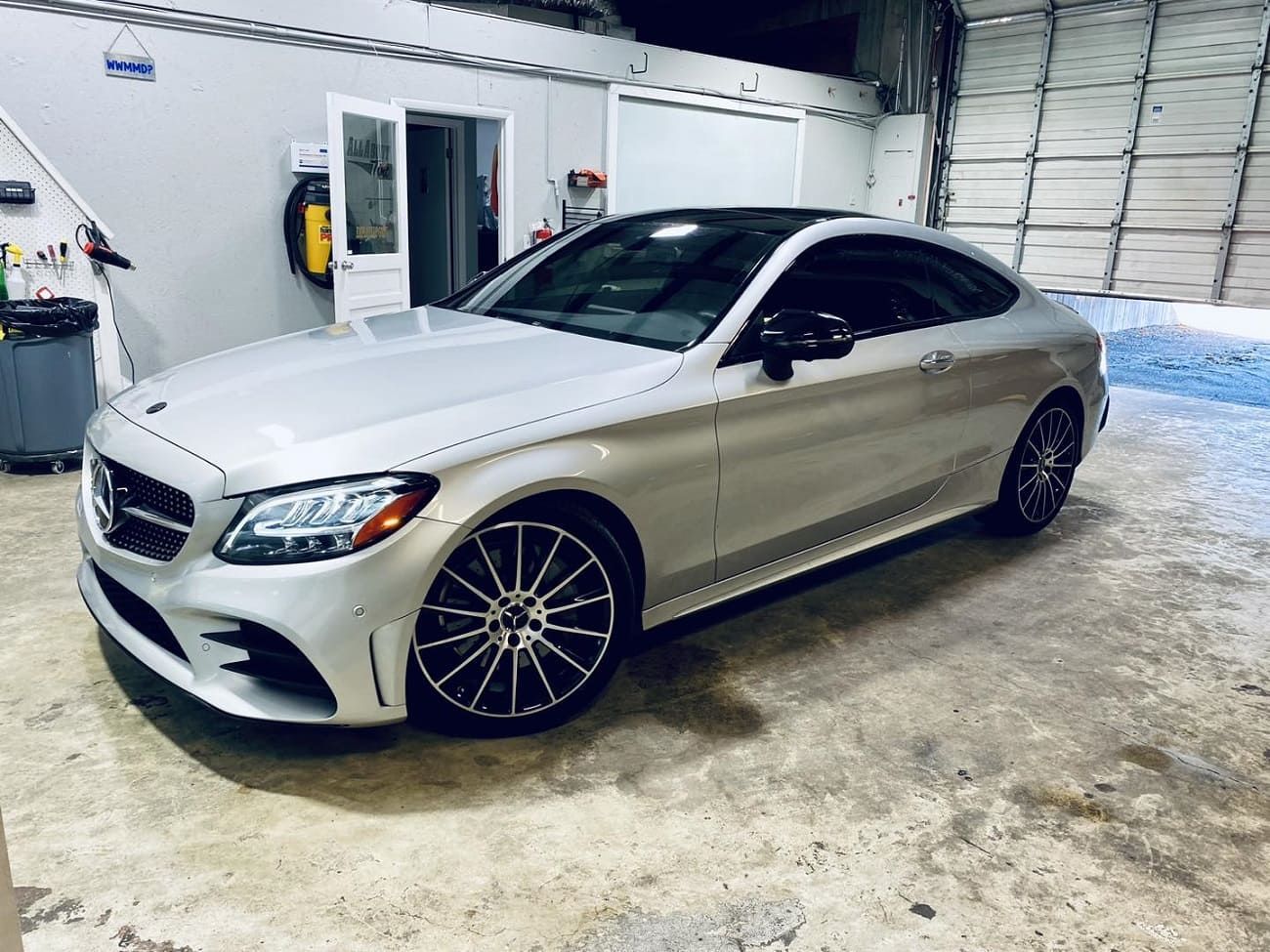
Types of Window Tint
There are several different types of window tinting available, such as ceramic tints, metallic tints, and dyed tints. Each type offers varying levels of protection from UV rays and heat retention.
Let's take a closer look at each.
Ceramic Tint
Ceramic tint is the most advanced type of window tint and offers the highest level of protection from UV rays.
This type of tint is applied using a special adhesive, making it easy to maintain over time. It also provides excellent clarity and does not interfere with your vehicle's electrical systems.
Metallic Tint
This type of window tint consists of metal particles bound together by a lamination layer.
It is often used for its heat-reflective properties and provides excellent protection from UV rays. However, it can also interfere with cell phone signals and other electronic devices.
Dyed Tint
Dyed window tints are some of the most popular types due to their low cost. They are made of a polyester film that is dyed with a dark color to reduce incoming light.
This type of tint is not as durable as ceramic or metallic tints, and it can fade over time.
Finding a Provider
Not all providers are created equal. It's essential to do your research and find a company that specializes in marine or auto tinting and has experience with the type of tint you're interested in.
Check for customer reviews and ask questions you may have about the process before committing. This will provide insight into the quality of service and products they offer. It's also important to work with someone you are comfortable communicating with.
Otherwise, you may end up with a product that does not meet your needs or expectations.
Choosing the Type of Tint
The best option for you will depend on your particular needs. Consider how much protection you require from UV rays, heat retention, and visibility in low-light conditions.
You should also consider the look you want to achieve. Appearance plays a large role for many people when it comes to how satisfied they are with the results. Once you have considered these, you can then select the type of tinting best suited for your car or boat.
It Started Today
At first, the difference between marine tinting and auto tinting might seem complicated. The above information has everything you need to know to make the right decision. From here, you'll be able to ensure that your window tint provides plenty of protection while being aesthetically pleasing.
Looking for more information about what we can do? Get in touch with us today to see how All About Tint can help.



